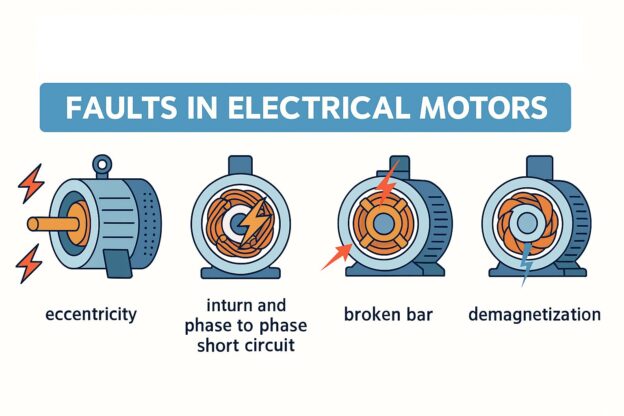Modeling Electrical Motor Faults with FEM Simulation using ANSYS MAXWELL

About Course
Electrical machines rarely fail without warning—faults develop gradually and impact performance, reliability, and safety. In this course, you’ll learn how to model and analyze common motor faults using finite element method (FEM) simulation tools such as ANSYS Maxwell and EMWorks EMAG. Step by step, we will cover how to set up fault conditions, interpret results, and link simulations to real-world behavior.
You will explore:
Single phasing and phase imbalance
Short-circuit faults (winding and line-to-line)
Voltage unbalance and distortion
Rotor-related faults such as broken bars and eccentricity
How these faults affect torque, losses, efficiency, and thermal behavior
By the end of this course, you will be able to create accurate simulation models of faulty motors, compare them with healthy operation, and gain valuable insights for condition monitoring, diagnostics, and fault-tolerant design.
Course Content
Modeling Demagnetization Faults in Permanent Magnet Motors
- 02:42
Part 2
03:38Part 3
02:00Part 4 : Demagnetization results
07:56
Modeling Supply Faults in Electrical Motors: Disconnection, Short-Circuit, and Imbalance
Modeling Broken Rotor Bar Faults in 2D and 3D Motor Simulations
Modeling Eccentricity Faults in Electrical Motors
Modeling Inter-Turn Short Circuit Faults in Electrical Motors
Receive a certificate
Add this certificate to your resume to demonstrate your skills & increase your chances of getting noticed.

Student Ratings & Reviews








